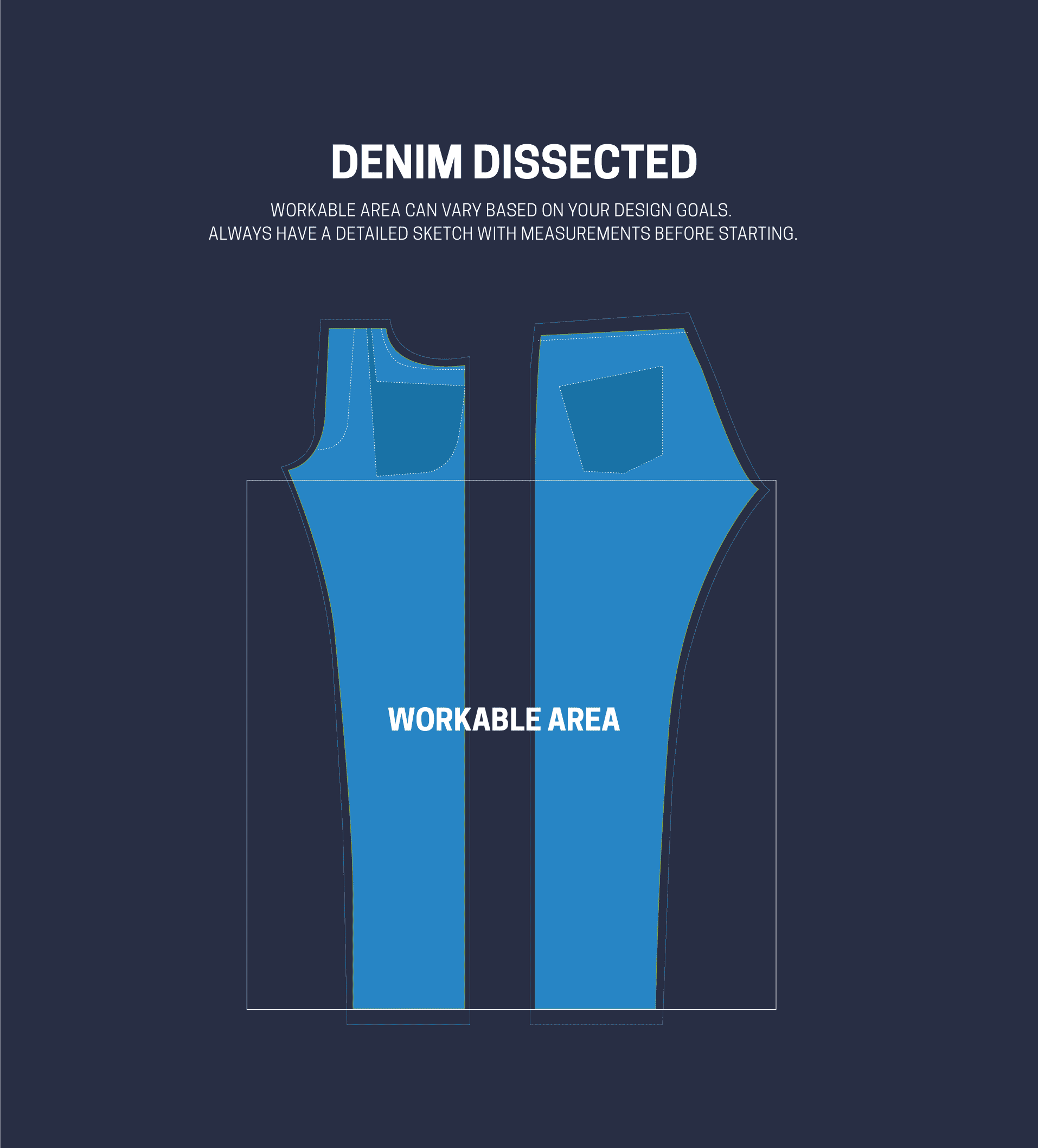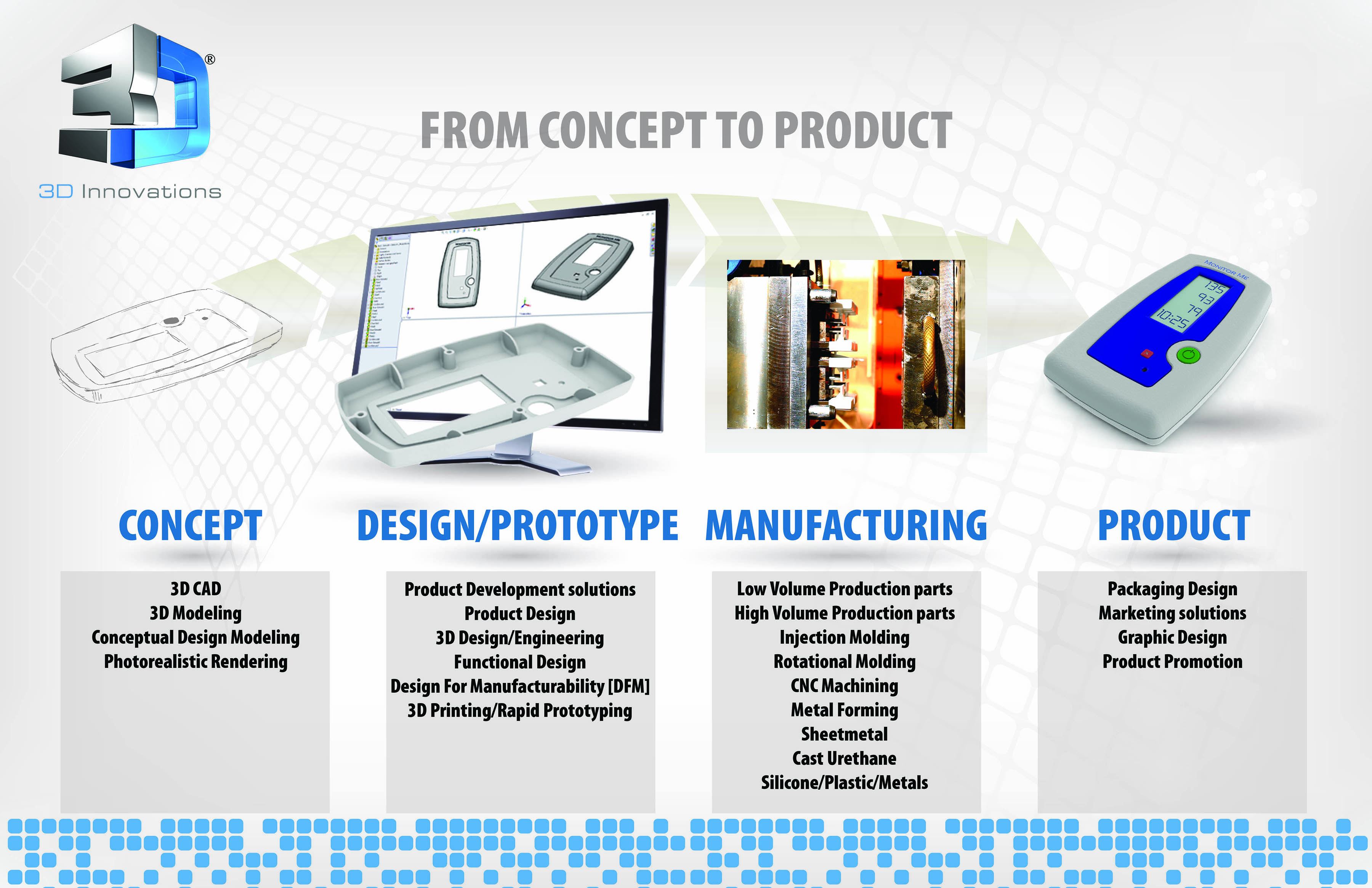- Finding The Right Prototype Maker For Your Product Key
- Finding The Right Prototype Maker For Your Product Name
- Finding The Right Prototype Maker For Your Product List
Doing your research and vetting potential manufacturers to find the facility that's right for you leads to a better finished product. Key takeaway: Entering into a manufacturing agreement is a. Combine your 3D design with an invention portfolio. An Invention Portfolio is a web based marketing tool used to showcase your invention to companies. It is a very helpful and efficient tool that consolidates your photorealistic 3D product images or prototype/product pictures with professionally written product descriptions and audio. Prototype makers to materialize your innovation vision. NPDS Designs, LLC - New Product Development Services. We absolutely can provide you with the best value with our services, and can help you with your new product concept, proof of concept, constructing a functional prototype, and taking your concept direct to manufacturing.
The big idea with the Design Sprint is to build and test a prototype in just five days. You'll take a small team, clear the schedule for a week, and rapidly progress from problem to tested solution using a proven step-by-step checklist. It's like fast-forwarding into the future so you can see how customers react before you invest all the time and expense of building a real product.
But the Design Sprint is not just about efficiency. It's also an excellent way to stop the old defaults of office work and replace them with a smarter, more respectful, and more effective way of solving problems that brings out the best contributions of everyone on the team—including the decision-maker—and helps you spend your time on work that really matters.
The big idea with the sprint is to build and test a prototype in just five days. It's kind of like fast-forwarding into the future so you can see how customers react before you invest all the time and expense of building a real product.','raw':false},'hSize':null,'floatDir':null,'customThumb':'5ae78d356d2a739885e2e77e','html':'','url':'https://www.youtube.com/watch?v=K2vSQPh6MCE','thumbnailUrl':'https://i.ytimg.com/vi/K2vSQPh6MCE/hqdefault.jpg','resolvedBy':'youtube'}'>'>
Get a quick overview in a 90 second video or 6 minute blog post.
On Monday, you make a map of the problem. On Tuesday, each individual sketches solutions. On Wednesday, you decide which sketches are strongest. On Thursday, you build a realistic prototype. And on Friday, you test that prototype with five target customers.
Set the Stage
Before the sprint begins, you've got to do some prep work. You need to have a big important challenge—something that's worth five days of focused work. You need to recruit a team with diverse skills. And, of course, you need to find the right room and get the right materials.
📘 Sprint, pages 21-48
🎬 Video
📝 Sprint checklists (PDF)
🗒 Sprint Room Setup
🛒 Sprint Supplies
🗒 How to Run a Remote Sprint
🗒 Lightning Decision Jam by AJ&Smart ✨
📈 SprintFit “Should You Run a Sprint?” Tool by Knowledge Expert ✨
📓 The Facilitator's Handbook ✨
🤔 How to Pitch a Design Sprint
Of course, you may need to sell the idea of running a Design Sprint in the first place. If that's the case, try sharing a quick overview of the process with the 90 second video, 'Stop Brainstorming' post, and/or this page you're looking at right now.
You also might help the team experience a structured meeting with a 30-60 minute Lightning Decision Jam exercise. It's a great way to give teams a taste of the Design Sprint process before the full commitment.

Or you could just drop some names: In addition to Google, Design Sprints have been run by teams at Slack, Uber, Airbnb, Medium, Dropbox, Facebook, McKinsey, IDEO, LEGO, the United Nations, the New York Times, and many, many more.
Most importantly, get timing and tone right. Make sure the team is starting a big challenge and it's an opportune moment to sprint. And offer the Design Sprint as a way to be helpful with solving that challenge. If the timing isn't right, don't force it. If you're patient and helpful, the time will come.
Monday: Map
Monday is a series of structured conversations to build a foundation—and a focus—for the sprint week. The structure allows the team to 'boot up' as much information as quickly as possible—while preventing the usual meandering conversations.
In the morning, you’ll define key questions and a long-term goal. Next, you’ll make a simple map of your product or service. In the afternoon, you’ll ask the experts on your team to share what they know. Finally, you’ll pick a target: the moment on the map that represents the greatest risk and/or opportunity.
📘 Sprint, pages 51-91
🖥 Monday Morning Slide Deck in PDF, Keynote, or PowerPoint
📝 Checklist
🎬 Video
🗒 The Note-N-Map by Design Sprint Switzerland ✨
🎬 Map Tutorial by AJ&Smart ✨
Tuesday: Sketch
Tuesday is all about solving the problem, using a method optimized for deep thinking. Instead of a typical group brainstorm, every individual will sketch their own detailed, opinionated solutions, following a four-step process that emphasizes critical thinking over artistry.
📘 Sprint, pages 93-123
📝 Checklist
🎬 Video
📻 Spotify Playlist by AJ&Smart

Wednesday: Decide
By Wednesday morning, you and your team will have a stack of solutions. Now, you have to decide which of those sketches should be prototyped and tested.
Instead of an endless debate or a watered-down group decision nobody's happy with, you'll use the five-step 'Sticky Decision' method to identify the best solutions before turning the final decision over to your Decider. Then, in the afternoon, you’ll take the winning scenes from your sketches and combine them into a storyboard: a step-by-step plan for your prototype.
📘 Sprint, pages 125-160
📝 Checklist
🎬 Video
🗒 Storyboarding 2.0 by AJ&Smart ✨
Thursday: Prototype
On Thursday, you'll build a realistic prototype of the solutions in your storyboard so you can simulate a finished product for your customers. Design Sprint prototyping is all about a 'fake it till you make it' philosophy: With a realistic-looking prototype, you'll get the best possible data from Friday's test, and you'll learn whether you're on the right track.
📘 Sprint, pages 163-190
📝 Checklist
🎬 Video
🛠 Recommended tools: Marvel, InVision, Figma, Keynote, Keynotopia
Friday: Test
It's time to put that prototype to the test! On Friday, you'll show your prototype to five customers in five separate, 1:1 interviews. Instead of waiting for a launch to get perfect data, you'll quick-and-dirty answers to your most pressing questions right away.
📘 Sprint, pages 193-225
📝 Checklist
📝 Customer Screening Worksheet
📝 Example Customer Screener
📝 Test Setup How-To Guide by Michael Margolis
🎬 Video
🎬 The Five-Act Interview with Michael Margolis
🗒 The Google Ventures Research Sprint
A Brief History of the Design Sprint
Jake Knapp created the Design Sprint process at Google in 2010. He took inspiration from many places, including Google's product development culture, IDEO's design thinking workshops, ideas like Basecamp's Getting Real and Atul Gawande's The Checklist, and his own experience building products like Gmail and Hangouts.
From 2010-12 at Google, Jake refined the Design Sprint with teams like Chrome, Search and Google X. In 2012, he brought Design Sprints to Google Ventures, where the rest of the team chipped in their expertise to perfect the process.
Finding The Right Prototype Maker For Your Product Key
Braden Kowitz added story-centered design, an approach that focuses on the user instead of features or technologies. Michael Margolis took customer research—which can typically take weeks to plan and often delivers confusing results—and figured out a way to get crystal clear results in just one day. John Zeratsky brought a focus on measuring results with the key metrics from each business. And Daniel Burka brought firsthand expertise as an entrepreneur to ensure every step made sense for startups.
Finding The Right Prototype Maker For Your Product Name
In 2012 and 2013, the Google Ventures team published a how-to series about Design Sprints, and the process started to spread. The Sprintbook came out in 2016, and today, thousands of teams around the world have run sprints in startups (like Slack and Airbnb), big companies (like LEGO and Google), agencies (like IDEO and McKinsey), schools (like Stanford and Columbia), governments (like the UK and the UN), and even museums (like the British Museum and the Smithsonian).
Finding The Right Prototype Maker For Your Product List
You can find a better-designed but less-recent version of this guide at gv.com/sprint.